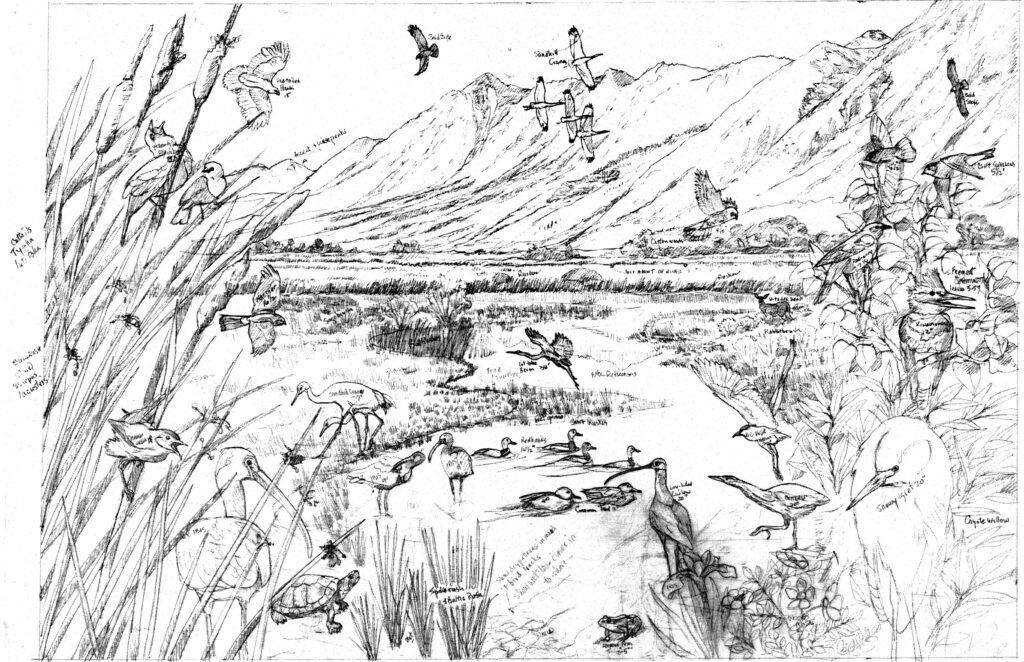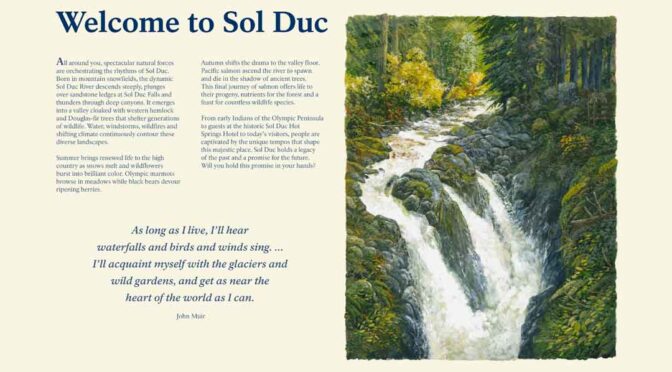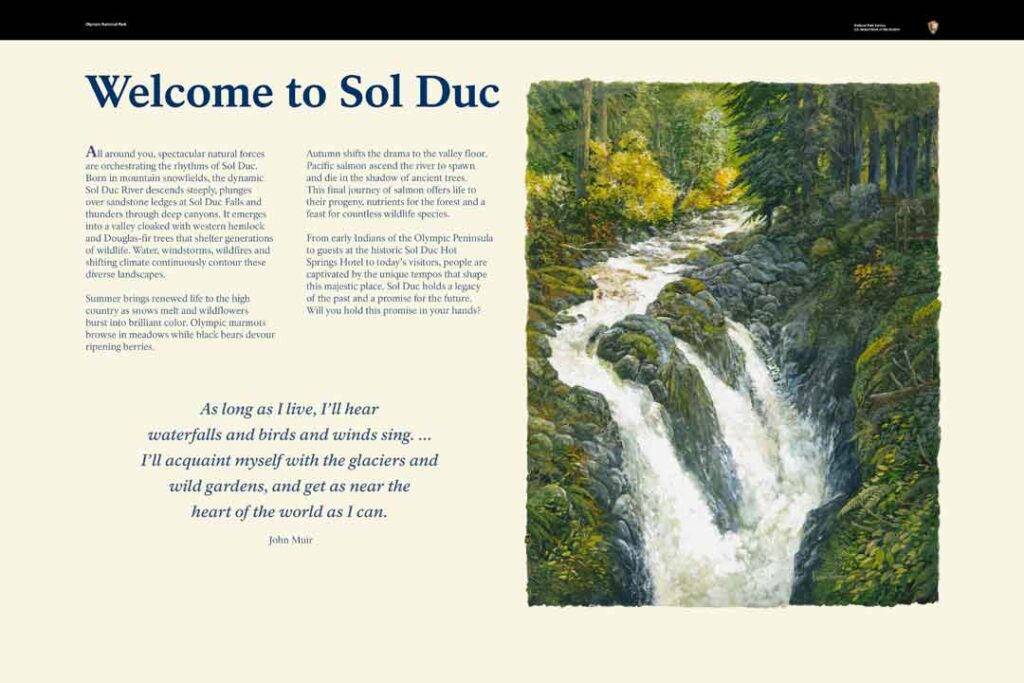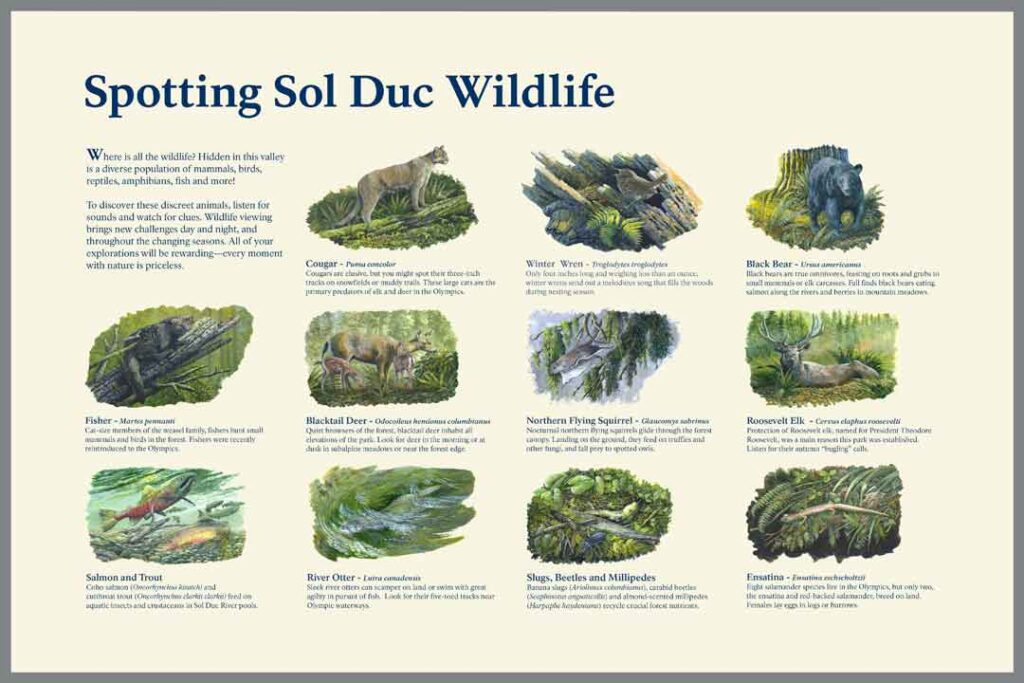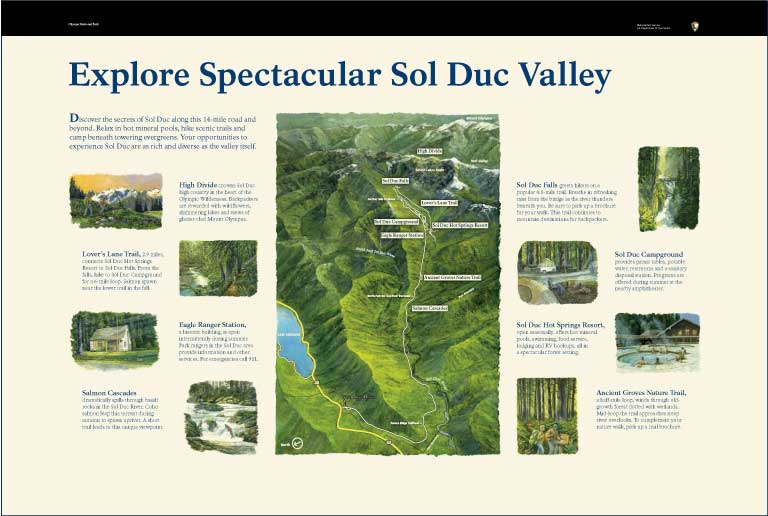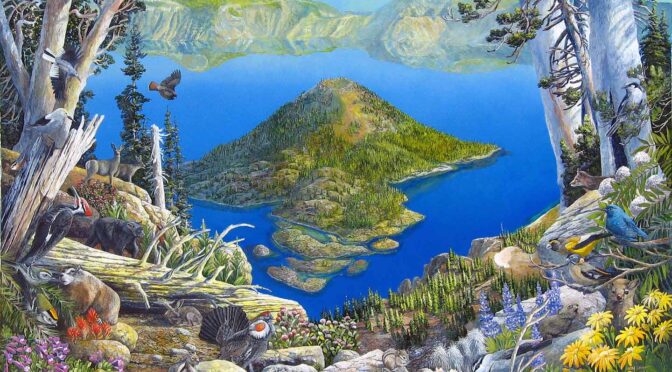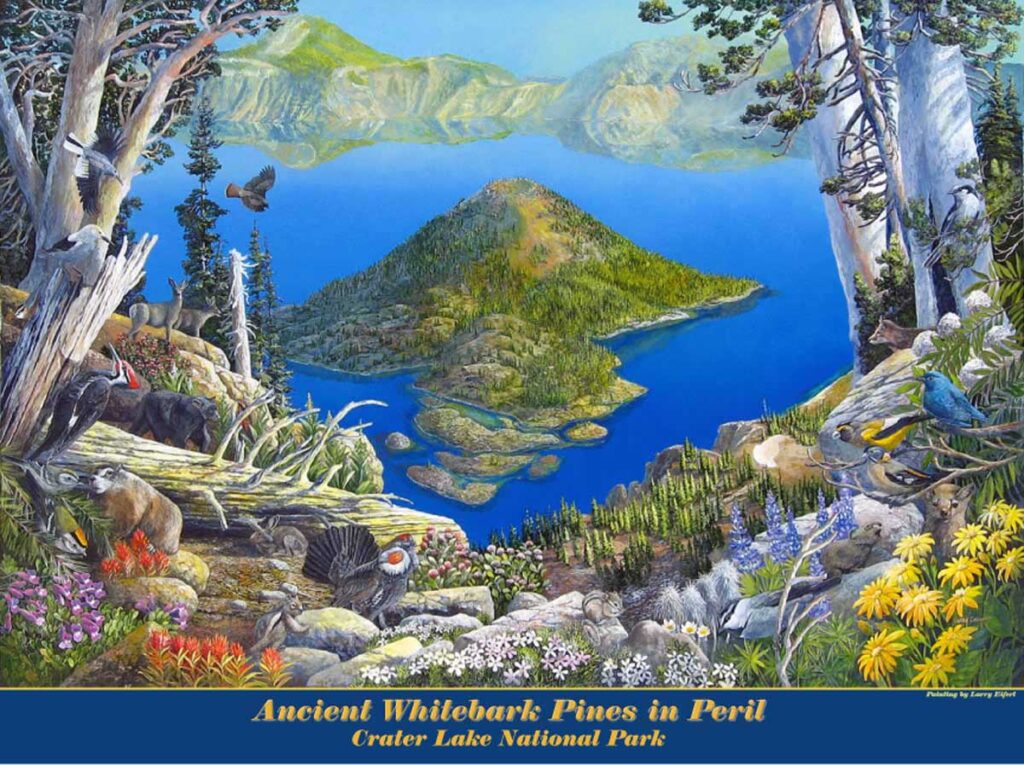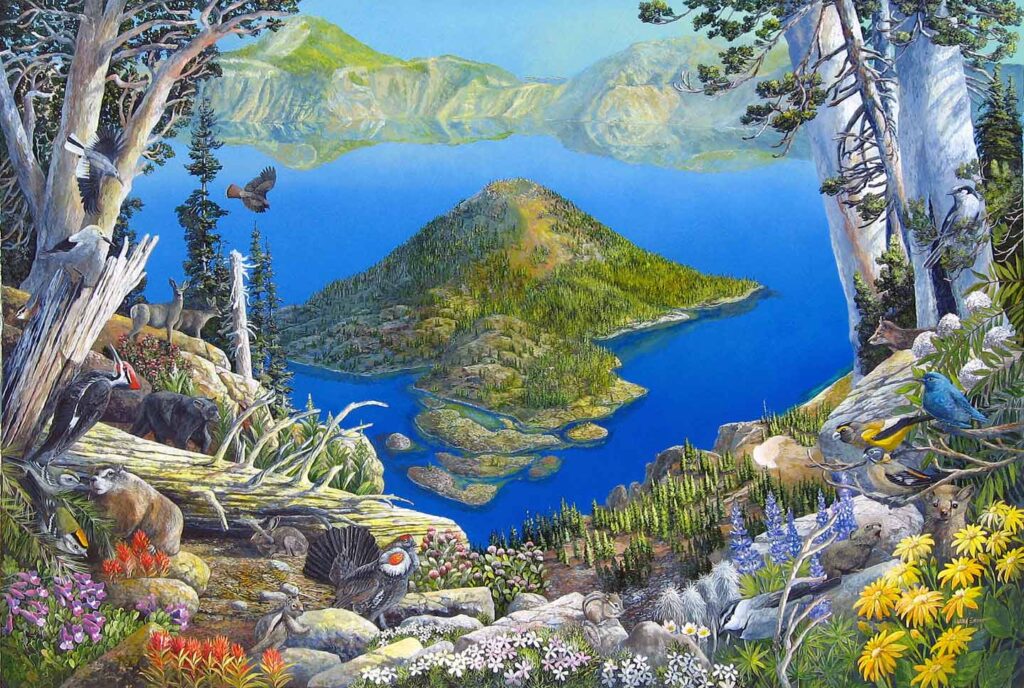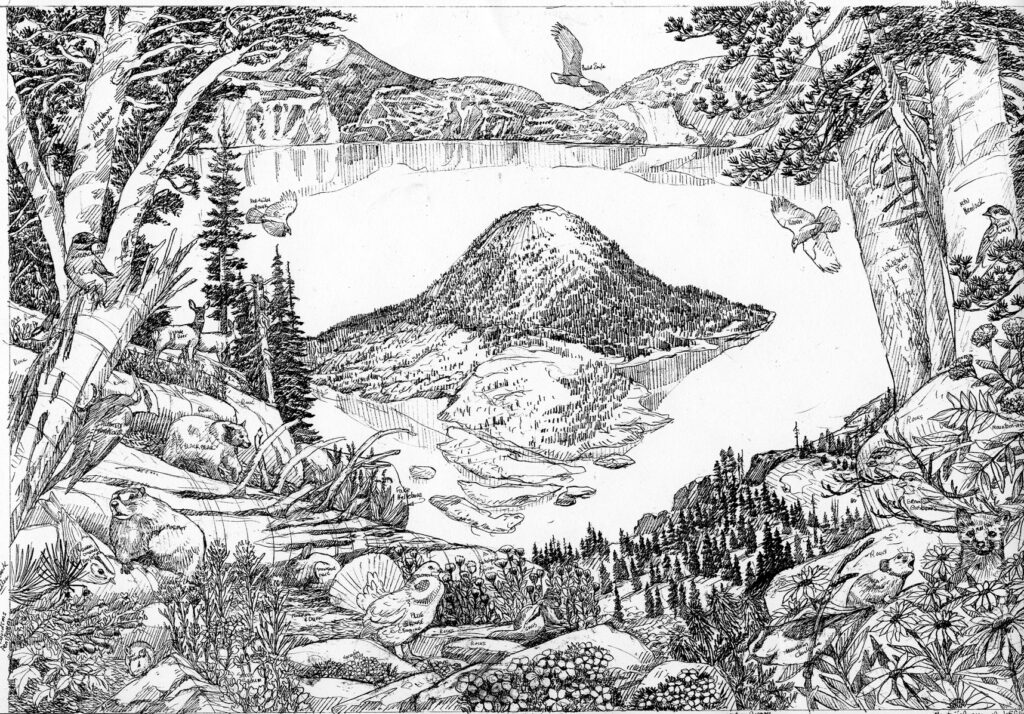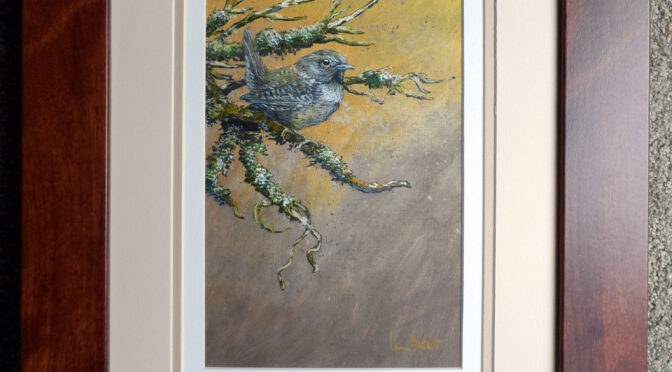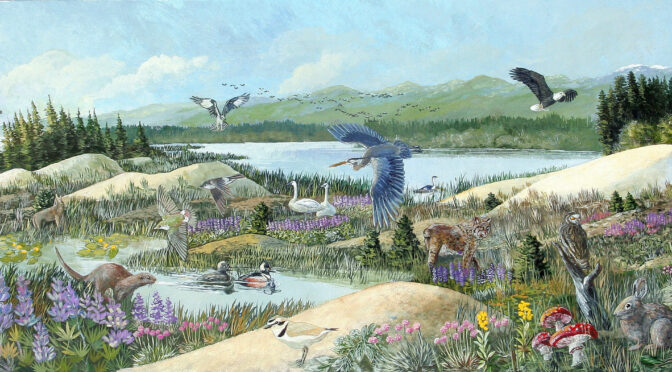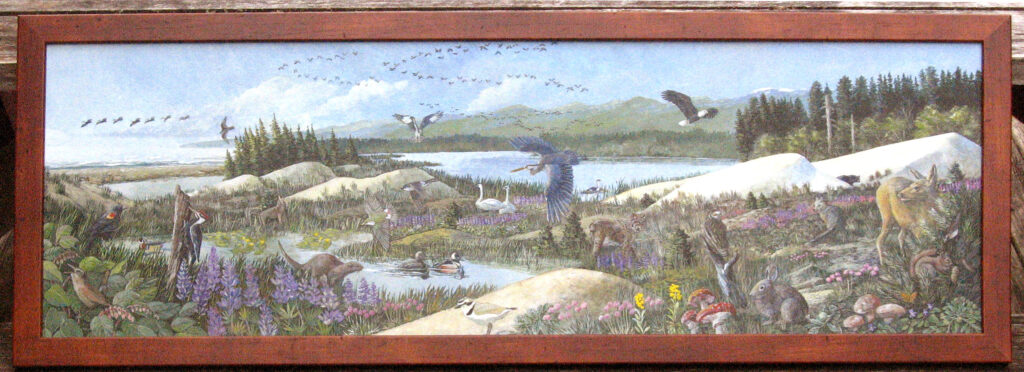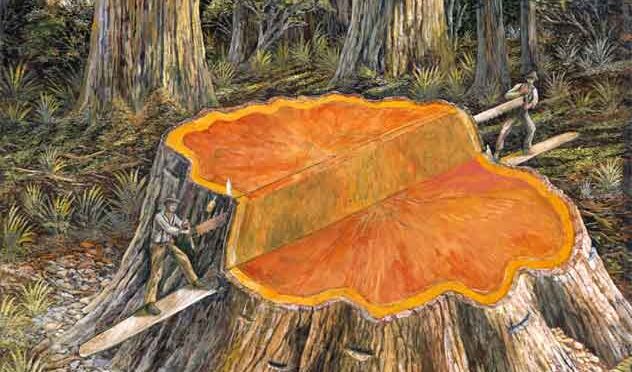This week I finished up another large-scale habitat mural for a new visitor center along the Carson River in Nevada. This vibrant place, just below the High Sierra front and southeast of Lake Tahoe, has always been important to wildlife, and to me. I consider it one of the most beautiful and interesting places in the West.
As the winter snows melt off these great mountains in spring, this water runs off into the valley and eventually out into the Great Basin where it evaporates with summer heat. Along the way, vernal pools and backwater pockets are filled with rushes and cattails, providing fabulous habitat for birds that make wildlife-watching wonderful. I’ve gotten to know this area pretty well, as I’ve also painted another, similar painting just north of this for the Lahanton Valley National Wildlife Refuge. In some small way, I’m always hoping my work will open some eyes, change some hearts and minds and possibly, just possibly, make it so these beautiful landscapes (and fictitious paintings) will both continue past my lifetime.
I wrote two other posts for this one as the project progressed. Here’s the original sketch (these open in separate browser windows) and here’s the half-way image showing the development of details. It’s kind of fun to see all three stages because things always change as I go along. For example, I added a yellowthroat and a Savannah sparrow to the final – and they’re not in the second stage painting.
And below is the initial reference photo I developed the painting from. Supplied by the client (and, thank you, Anne), you can see how far from reality these big paintings stray. Still, there are basic elements here that remained the same, making it a recognizable place. I like to say this photo was the launching pad, but where the final painting landed, no one knew – especially me!
Thanks for reading this week.
Larry Eifert
Click here to go to our main website – packed with jigsaw puzzles, prints, interpretive portfolios and lots of other stuff. To see more than 50 other murals like this, click here.
Click here to check out what Nancy’s currently working on with her photography.
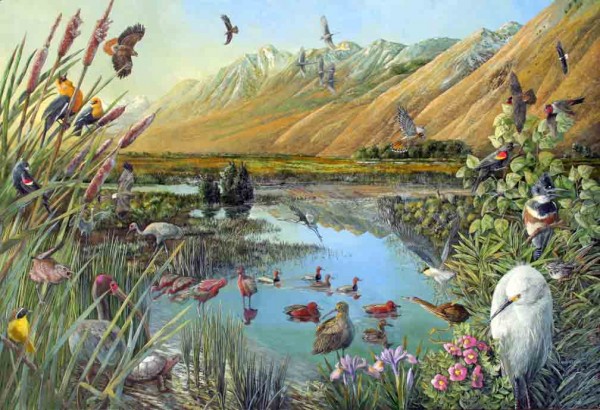
![brocklissslough[1]](http://larryeifert.com/wordpress/wp-content/uploads/2010/03/brocklissslough1-300x124.jpg)

